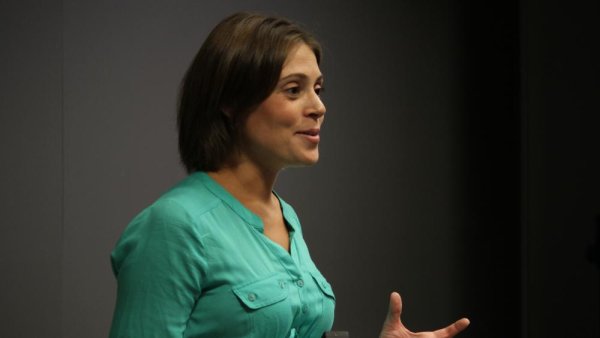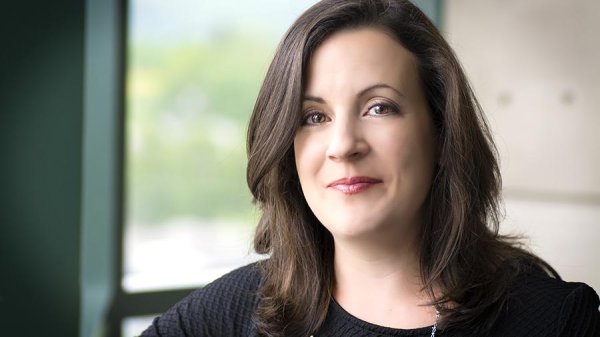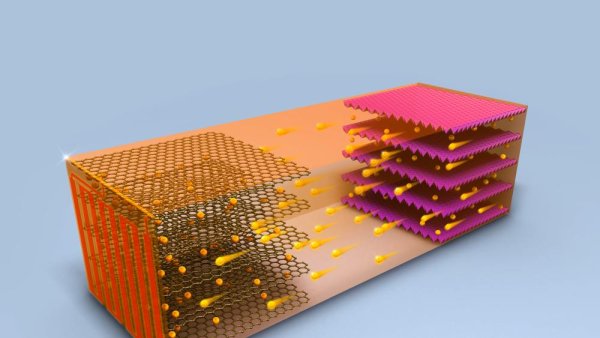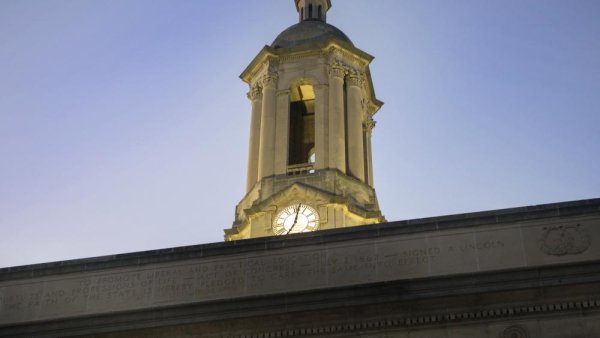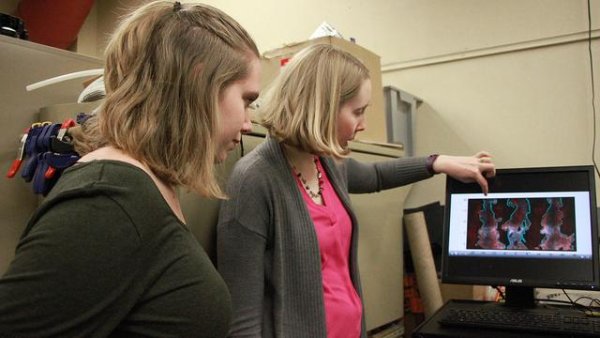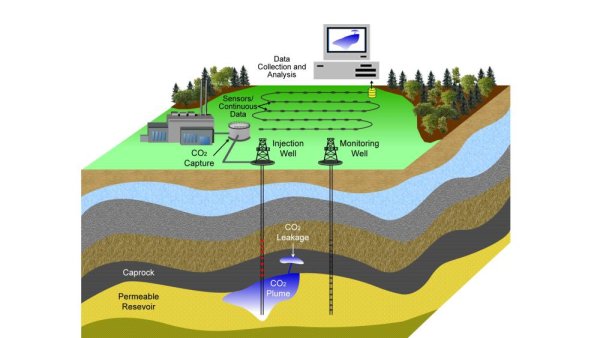New Faculty Academy members continue work on student engagement projects
| psu.edu
Four new members were accepted this year into the Faculty Academy, which provides funding for educators to create engagement opportunities and models for students on the local, regional and national level.
Sankey first online educator named Faculty Academy Fellow
| psu.edu
Haley Sankey has always enjoyed finding creative ways to reach out to her adult learners. Now she’s hoping to use that creativity to improve learning on campus and beyond. Sankey, an assistant teaching professor at the John A. Dutton e-Education Institute, recently became the first Penn State World Campus faculty member selected as a fellow in the Faculty Academy for Engaged Scholarship.
Self-heating, fast-charging battery makes electric vehicles climate-immune
| psu.edu
Californians do not purchase electric vehicles because they are cool, they buy EVs because they live in a warm climate. Conventional lithium-ion batteries cannot be rapidly charged at temperatures below 50 degrees Fahrenheit, but now a team of Penn State engineers has created a battery that can self-heat, allowing rapid charging regardless of the outside chill.
Three new co-funds join Institutes of Energy and the Environment
| psu.edu
Three faculty members recently joined the Institutes of Energy and the Environment (IEE) in three different areas of expertise. Two are in the Donald P. Bellisario College of Communications, and the other is in the College of Earth and Mineral Sciences. This is the first time that IEE has had co-funded faculty in the Bellisario College.
New insights could indicate how to break apart cellulose for biofuels
| psu.edu
A comprehensive look at how plants build cellulose, the primary building block of the walls of most plant cells, which is used in a wide variety of manmade materials, could have important implications for its use in biofuels.
Penn State researchers develop a way to predict and mitigate catastrophic shorts for improved OLED lighting panel reliability
| energy.gov
With the help of DOE funding, researchers at Penn State University are developing a basic scientific understanding of how shorts originate and grow to a catastrophic level, thus causing the failure of organic light-emitting diode (OLED) panels.
College of Engineering announces faculty promotions
| psu.edu
Thirteen Penn State College of Engineering faculty members have been selected for promotions, effective July 1, 2018.
Penn State promotions in academic rank, effective July 1, 2018
| psu.edu
The following is a list of academic promotions for tenured and tenure-line faculty members at Penn State, effective July 1.
Gorski to use NSF CAREER award to expand access to clean water and electricity
| psu.edu
Christopher Gorski, assistant professor of environmental engineering at Penn State, will develop devices that use electricity to desalinate water and can also generate their own electricity, thanks to an esteemed National Science Foundation Early Career (CAREER) award.
Integrative Studies Seed Grants awarded to faculty across University
| psu.edu
The Office for General Education has announced this year’s seed grants to support the development of Integrative Studies courses. The awarded proposals are representative of a wide range of academic disciplines, and include proposals from faculty at Penn State campuses across the Commonwealth.
Through NSF CAREER Award, Jacqueline O’Connor to make power generation cleaner
| psu.edu
Jacqueline O’Connor's work will not only result in new scientific understanding, but also insight for more robust design of ultra-low emissions gas turbine combustors.
$2.5M grant funds real-time monitoring of underground carbon sequestration
| psu.edu
Researchers from Penn State, Lawrence Berkeley National Laboratory, and the University of Texas at Austin are partnering on a new $2.5-million project to illuminate what happens to carbon dioxide during underground sequestration. The team will use seismic data collected through a novel real-time monitoring system to track the spread of carbon dioxide underground. The four-year project is being funded by the U.S. Department of Energy.

